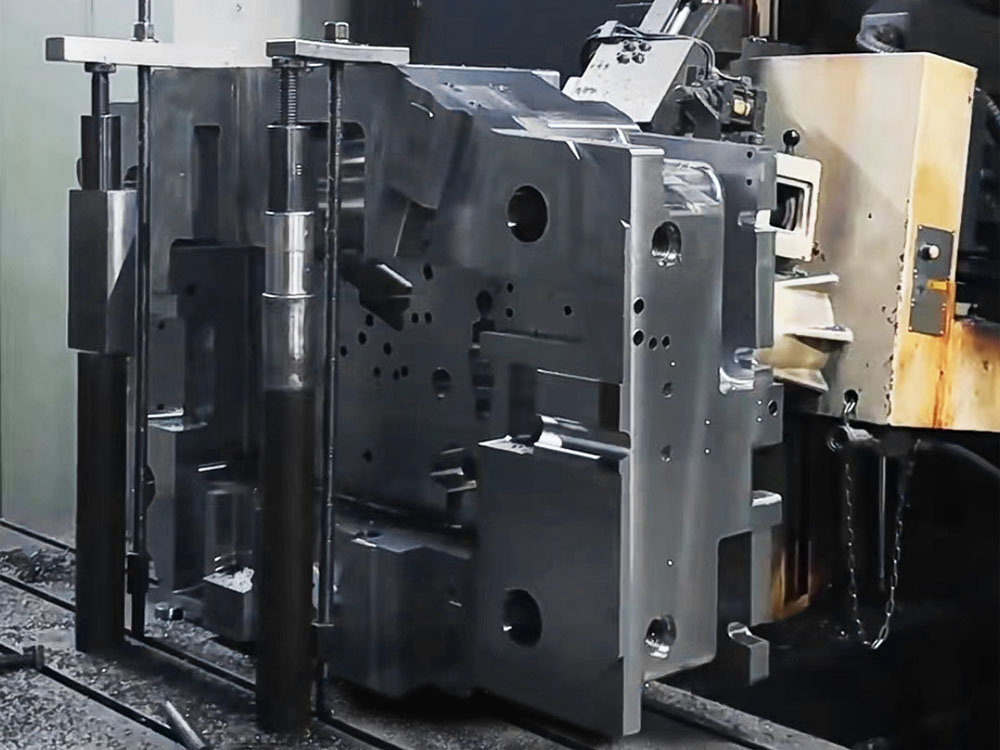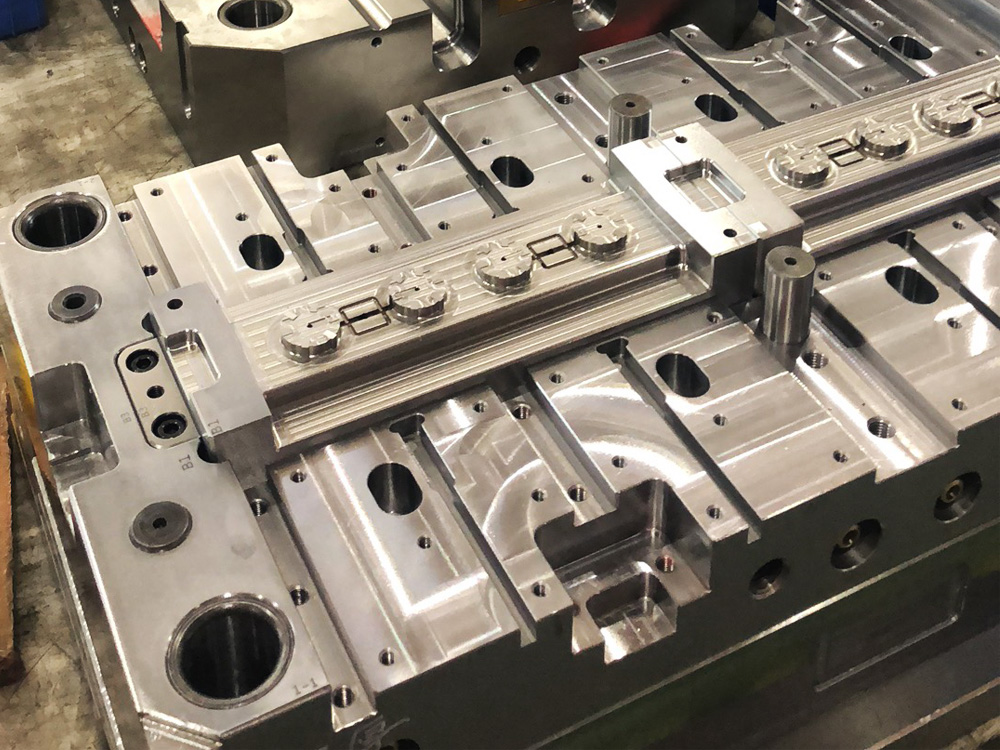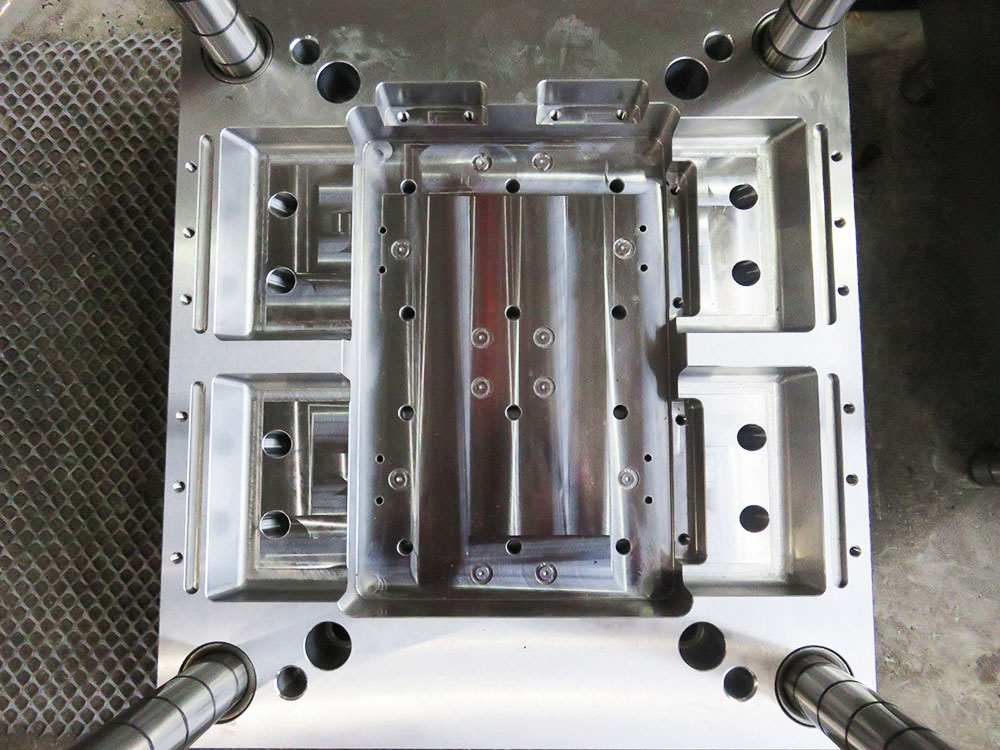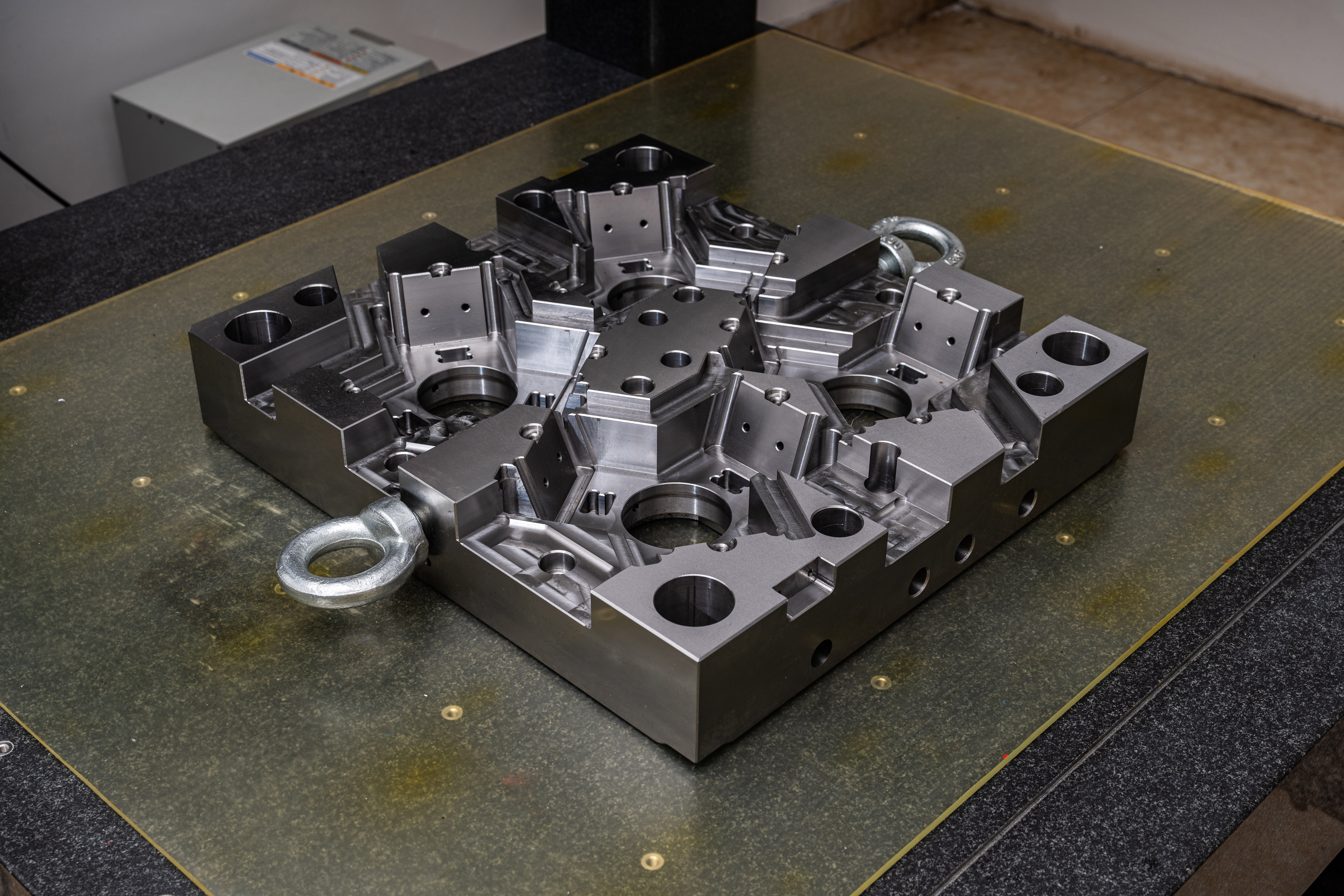Determining the Dimensions of a Model in the Mold Base Industry
When it comes to the mold base industry, accurately determining the dimensions of a model is essential for successful mold design and production. The dimensions of a model directly impact the final product's shape, size, and functionality. In this article, we will explore the key considerations and steps involved in determining the dimensions of a model in the mold base industry.
1. Understanding the Design Requirements
The first step in determining the dimensions of a model is to thoroughly understand the design requirements. This involves studying the product specifications, considering the intended functionality, and identifying any restrictions or limitations. By having a clear understanding of the design requirements, one can determine the appropriate dimensions to achieve the desired outcome.
2. Conducting Measurements and Surveys
With the design requirements in mind, the next step is to conduct accurate measurements and surveys. This can involve using various tools and techniques such as calipers, gauges, and coordinate measuring machines (CMMs) to obtain precise measurements of the model. It is important to ensure that measurements are taken from multiple angles and dimensions are verified to minimize errors.
3. Considering Material Shrinkage
When determining the dimensions of a model, it is crucial to consider material shrinkage. Different materials have different shrinkage rates, meaning that the dimensions of the model will change during the molding process. To account for this, designers must calculate and compensate for material shrinkage to ensure the final product meets the desired specifications.
4. Incorporating Tolerances
In the mold base industry, incorporating tolerances is essential to accommodate variations in dimensions during the manufacturing process. Tolerances define the acceptable range of dimensions for a part or component. By incorporating tolerances, designers can ensure that the mold base and other components fit together accurately and that the final product meets the required specifications.
5. Utilizing Computer-Aided Design (CAD) Software
Computer-Aided Design (CAD) software plays a crucial role in determining the dimensions of a model in the mold base industry. CAD software allows designers to create digital models, manipulate dimensions, and simulate the molding process. By utilizing CAD software, designers can accurately determine the dimensions of a model and visualize the final product before it goes into production.
6. Collaborating with Stakeholders
Determining the dimensions of a model often involves collaboration with various stakeholders such as product designers, mold base manufacturers, and clients. Effective communication and collaboration are crucial to ensure that all parties are aligned on the design requirements and dimensions. Regular feedback and review processes should be implemented to address any concerns and make necessary adjustments.
7. Testing and Validation
Before finalizing the dimensions of a model, it is essential to conduct thorough testing and validation. This involves creating prototypes or using virtual simulations to assess the functionality, fit, and performance of the model. By testing and validating the model, any potential issues or discrepancies can be identified and addressed before entering mass production.
Conclusion
Determining the dimensions of a model in the mold base industry requires careful consideration, accurate measurements, and collaboration with various stakeholders. By understanding the design requirements, conducting precise measurements, accounting for material shrinkage, and incorporating tolerances, designers can ensure that the dimensions of the model align with the desired specifications. Utilizing CAD software, collaborating with stakeholders, and conducting testing and validation are crucial steps in the process. By following these steps, mold base industry professionals can achieve successful mold design and production.




